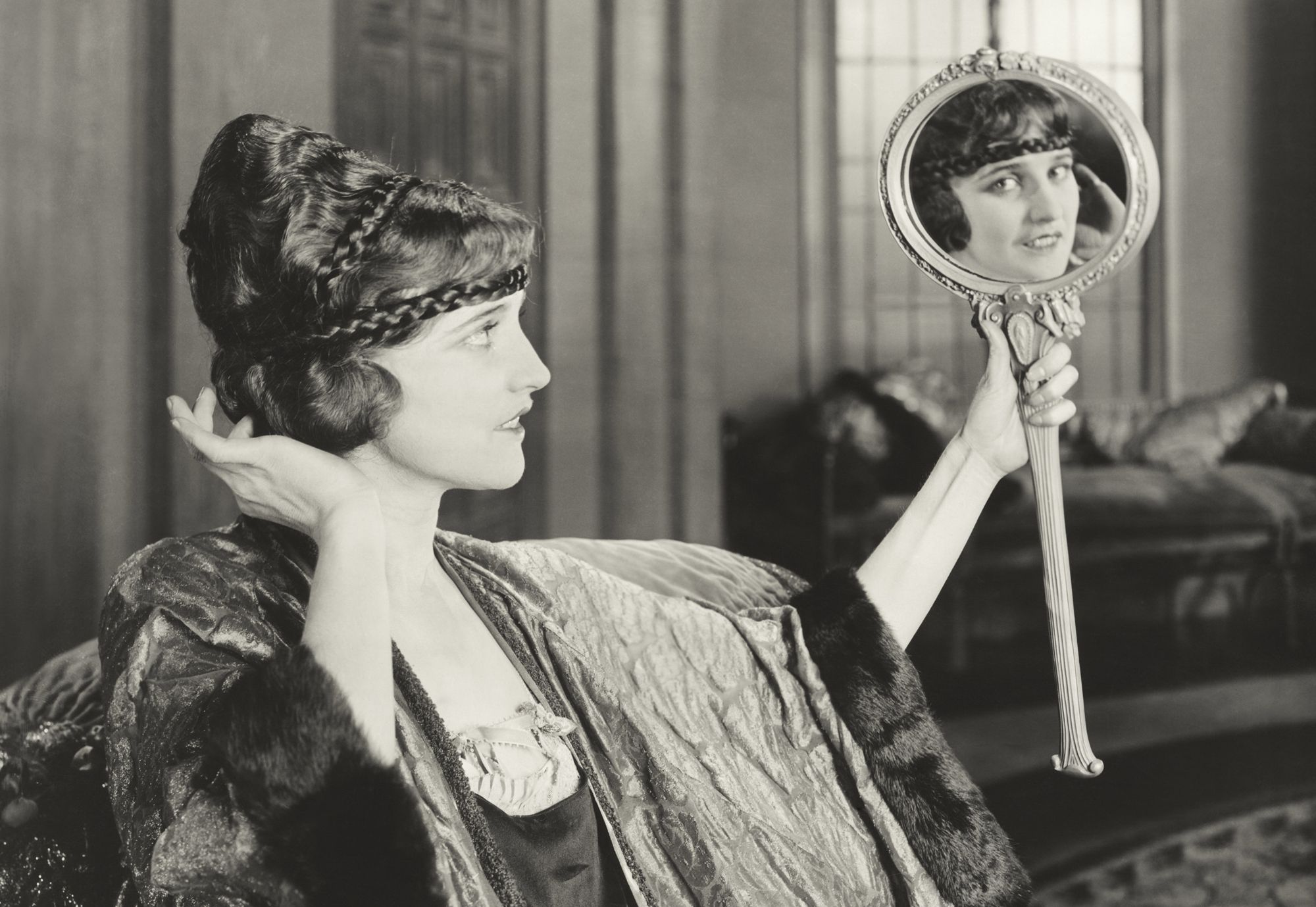
Beauty is pain. Or at least that’s the age old adage we tell ourselves when we’re in the middle of a bikini wax. But most of us are willing to suffer a bit in an effort to see results. We’ll inject toxins into our foreheads in an attempt to stave off aging, run needles over our face until we bleed to improve our skin tone and shoot painful lasers over our skin to remove unsightly body hair. And while it might seem like we’re willing to put ourselves through hell and back for beauty, it’s nothing compared to the agonizing and downright dangerous beauty trends of years past. Arsenic for a smoother complexion? Deadly nightshade for bigger eyes? Radiation for (literally) glowing skin? Some of today’s beauty trends might seem a little extreme, but at least none of them are going to kill us.
Once upon a time, when princesses wanted their skin as white as snow, they would cover their faces in a thick lead makeup. Lead has been used in beauty since antiquity—Romans used it as foundation and rouge, and it was a main ingredient in the kohl the Egyptians used around their eyes—but it reached peak popularity in the 16th to 18th centuries when women would mix it with vinegar to create a paste to slather on their faces. The deathly pale look was popular at the time, and it helped to even out the complexion and hide the appearance of smallpox which was prevalent in the days before sanitation. After repeated use of white lead, the skin would slowly begin to rot away and leave scars, which then needed to be covered by more makeup, worsening the situation. Of course a peeling complexion was the least of their problems, as lead also causes high blood pressure, constipation, severe abdominal pain, miscarriage, memory loss, paralysis and death. The use of lead diminished in the late 1700s after the death of several aristocrats were linked to the toxin, but it still found its way into cosmetics all the way into the 20th century. Trace amounts of the poison can still be found in some products today.
We’re not above using circle lenses and lash extensions to make our eyes look bigger, but we draw the line at putting poison in our eyeballs. Deadly nightshade, more commonly known as belladonna, has been used for centuries by women in Italy as a way to dilate their pupils and make their eyes look more attractive. The berries themselves can be fatal in small quantities, but it does have a number of uses in the medical community as a sedative and pain killer for patients of whopping cough and Parkinson’s, and it’s even still used by some ophthalmologists to dilate the eye. Of course these are rare, medically supervised uses of the plant. Up until the turn of the 20th century women were using belladonna drops daily to get big beautiful eyes—of course they would also suffer from blindness, heart failure, coma and death.
Arsenic
In the 1800s women began using arsenic as the latest go-to beauty product for getting a clear and pale complexion. And for the most part, it did work as promised. As arsenic kills the red blood cells in the body, it naturally improves skin tone and whitens the skin. Women took it in small doses to build up a tolerance to the toxin, but if it was suddenly discontinued their skin would deteriorate quickly, forcing them to continue using it. “Dr. Mackenzie’s Improved Harmless Arsenic Complexion Wafers will produce the most lovely complexion that the imagination could desire, clear, fresh, free from blotch, blemish, coarseness, redness, freckles, or pimples,” claimed a box of one of the most popular beauty pills in the 19th century. In addition to the promise of perfect skin, women could also expect vomiting, internal bleeding, hair loss, blindness, convulsing and death. Even after the passing of several women were linked to arsenic poisoning, it remained a popular beauty product well into the ‘20s. Today, arsenic is commonly found in counterfeit beauty products that are unknowingly purchased at seemingly reputable outlets.









